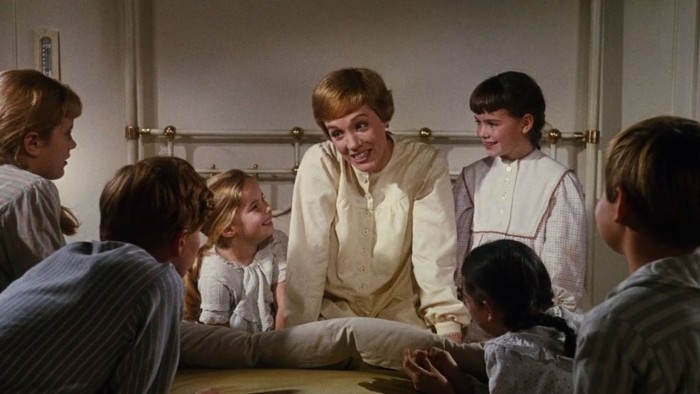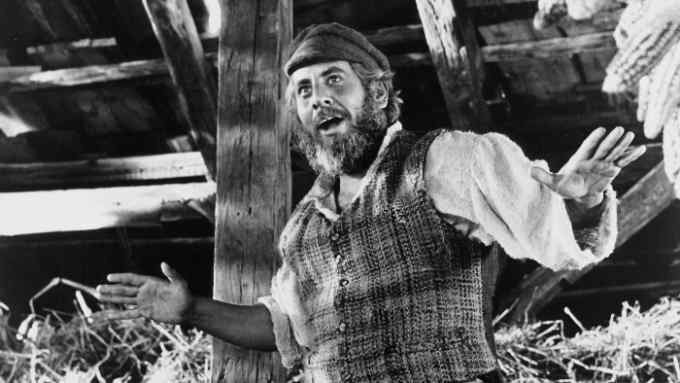My Favorite Things — the Broadway number was transformed by John Coltrane

Simply sign up to the Life & Arts myFT Digest -- delivered directly to your inbox.
For a while in the late 1950s and early 1960s New York jazz musicians competed to turn unlikely tunes into modernist gems: Sonny Rollins, for example, transformed “I’m an Old Cowhand”. But fellow saxophonist John Coltrane’s choice of “My Favorite Things” as a 13-minute album track seemed perverse. The song’s waltz tempo, unusual structure and frothy emotional palette were at odds with prevailing jazz practice.
The song came from the Rodgers and Hammerstein Broadway show The Sound of Music, where it was first performed in 1959 by Mary Martin and Patricia Neway. Would-be nun Maria is told by her abbess she is to work as a governess for the von Trapp family. The now so-familiar “Raindrops on roses and whiskers on kittens / bright copper kettles and warm woollen mittens” are part of a nostalgic list that Maria summons to cheer herself up. The shifting cadences and final reassuring shift to a major key capture brilliantly the two women’s emotions.
McCoy Tyner, Coltrane’s then pianist, recalled that a song-plugger showed Coltrane the sheet music. Intrigued, Coltrane put it in his set, reworking it as a minor-key vamp. In October 1960 he made it the title track of his album, improvising on soprano sax on the raga scale introduced to him by sitarist Ravi Shankar. Coltrane’s choice of soprano reintegrated the instrument into jazz, where it had long been out of favour.
An edit released as a single pushed the album to sell 50,000 copies in its first year — remarkable for a jazz LP. One commentator likened the track to “a hypnotic eastern Dervish dance” and Coltrane’s refashioning helped to filter Indian music to a wider audience, five years before The Beatles’ “Norwegian Wood” became the first western pop song to use a sitar. The Doors’ guitarist Robbie Kruger used elements of Coltrane’s vamp to spice up the instrumental breaks of the band’s 1967 hit “Light My Fire”.
In 1965, Hollywood picked up the stage show to release one of the most successful musical films ever, with Julie Andrews as Maria delivering the definitive version of “My Favorite Things”. The film shifts the song from the stage version’s abbey to Maria’s new bedroom, where she comforts the von Trapp children during a thunderstorm.
It was a perfect vehicle for Andrews’ precise, reassuring and slightly prim English cadences, and possibly a greater comfort to the children than “The Lonely Goatherd”, the song assigned this duty in the original stage musical. Many subsequent stage productions have kept to this reordering.
The song has become a Christmas staple, ranging from Jack Jones’s version in 1964 to Mary J Blige’s cover on her 2013 Mary Christmas album. The Danish film director Lars von Trier turned the sentiment on its head in his 2001 film Dancer in the Dark, starring the Icelandic singer Bjork. Here the song takes place — haltingly, miserably — in a prison cell as Selma, Bjork’s character, faces death.
Lady Gaga performed the song at the 2015 Oscars as part of a medley marking the 50th anniversary of The Sound of Music. Julie Andrews joined her on stage at the close of her tribute, but composer and lyricist Stephen Sondheim called Gaga’s performance “a travesty”.
Several parodies of the jaunty original have done the rounds, including a “senior” version that rails at “thin bones and fractures and hair that is thinnin’”.
Of the many jazz versions, guitarist Grant Green’s perfectly weighted 1964 cover stands out. Coltrane himself repeatedly reworked the piece, burrowing ever deeper into phonics and abstraction. The renditions captured on his album Live at the Village Vanguard Again, and his final live recording The Olatunji Concert, are intense epics that take the song into new and uncharted territory. Compared with the stage-show original, Coltrane’s “Favorite Things” becomes almost unrecognisable.

Comments